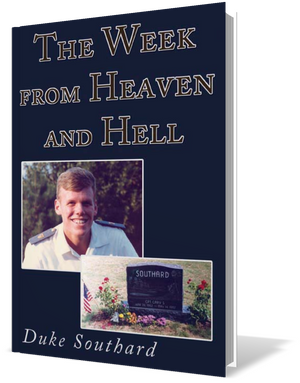After two intense days at the Masters Workshop immediately following the Tucson Festival of Books, I am just now coming down from the euphoria of mixing with a group of talented nonfiction writers and a great leader in Rigoberto Gonzales. I came away with many (MANY) tips on writing effective nonfiction. Here is one that applies to Murder in a Small Town: The Tragic Death of Stacey Burns.
BE HONEST! The point of a major discussion about the use of dialogue in writing nonfiction (in this case, true crime) was simply this. No reader will fault a writer if what he writes is an honest portrayal of his perspective. In a previous post, I talked about hindsight, especially in regard to the Saturday before Stacey Burns was murdered. On that day, no one was thinking about the shattering event which was about to take place. No one was recording conversations. No one was committing an event, no matter how small, to memory. Friends, family and acquaintances of Stacey Burns were doing what people do–going through the motions of life. The significant emotional event that would change their lives was hours away. They had no reason to expect anything out of the ordinary.
My job as a writer and chronicler of the events of that weekend and everything that has followed is to BE HONEST! If a conversation appears to be reasonable and plausible after examining the facts, then it may be included, even if it was not recorded. This is not to say that I will abandon my personal mantra about fiction and nonfiction; that is, if you make it up, it is fiction. In no case am I making anything up but I will admit to applying my perspective of the truth to everything I write.
As an aside, the Masters Workshop convinced me that dialogue, even unrecorded dialogue, may be used in nonfiction.


What a wonderful opportunity, Duke! I agree with honesty being key. Goes to what I always say about writing memoir/nonfiction: “you have to open a vein.” While this isn’t your personal story per se, as the narrator you have to be true to the real people you are representing.
When I watched Sonia tell John Quinonis on 20/20 that I was “a friend with benifits” it was the most painfull truth. The truth hurts but it’s all we have and we have a duty to Stacey now to reveal it, ALL OF IT. When Stacey woke up on Saturday morning she felt her only way out was to lie. When she went to sleep that night she knew her only way out was to stop the lie. There was a reason her best friend had not spoken to her in 6 months, there was a reason she was losing credibility with her daughter. I was honest with Stacey on what turned out to be the last day of her life. I thank God for that.
I’m so relieved to know that someone has a constant eye on the Burns case. I’m a retired Deputy from Ohio and I have family that live in Wolfeboro and are friends of the Burns’ family. I was watching a show about serial killer Adam Leroy Lane and compared the dates to see if this might coincide. It does not. But in my search for information I came across this site and wanted to let you know that it’s encouraging to find out—-someone is still open to new information, cognizant of old information/evidence, and is concerned with solving this travesty.